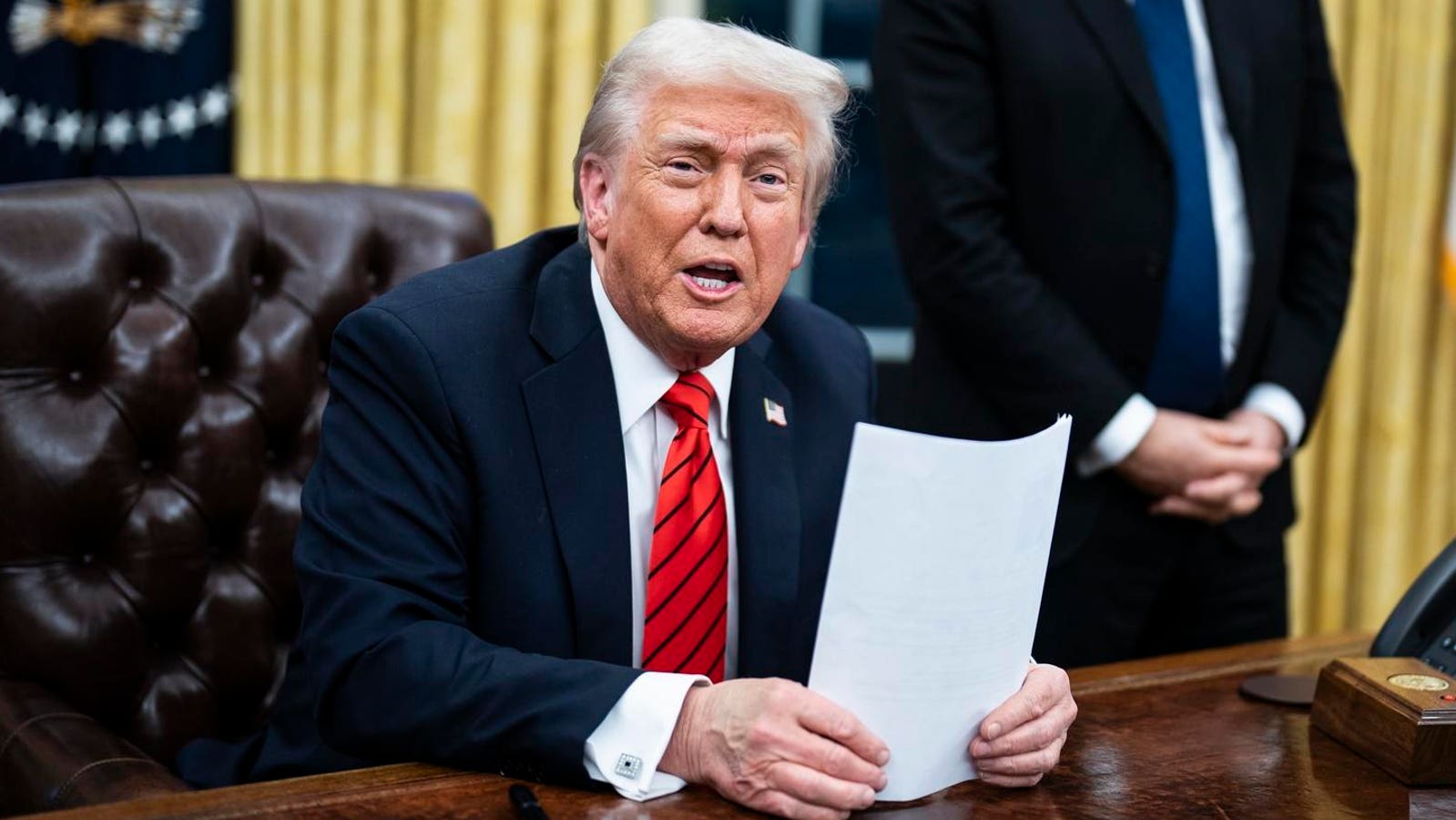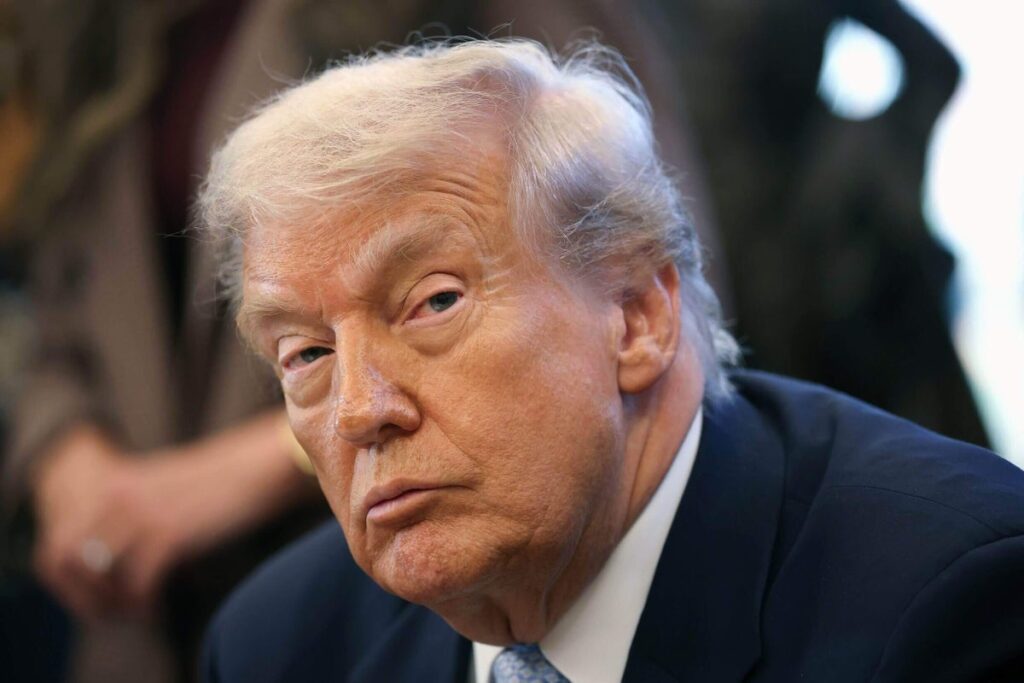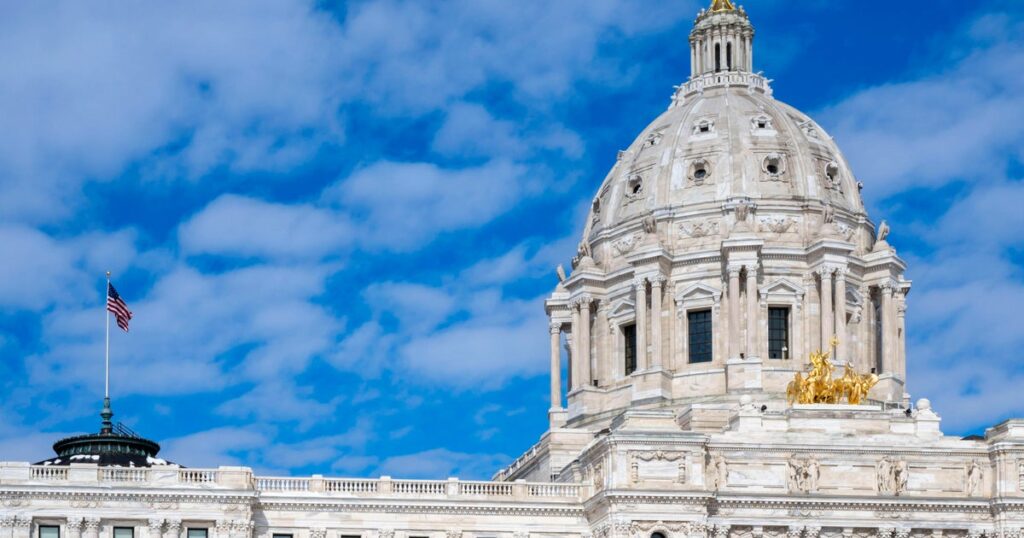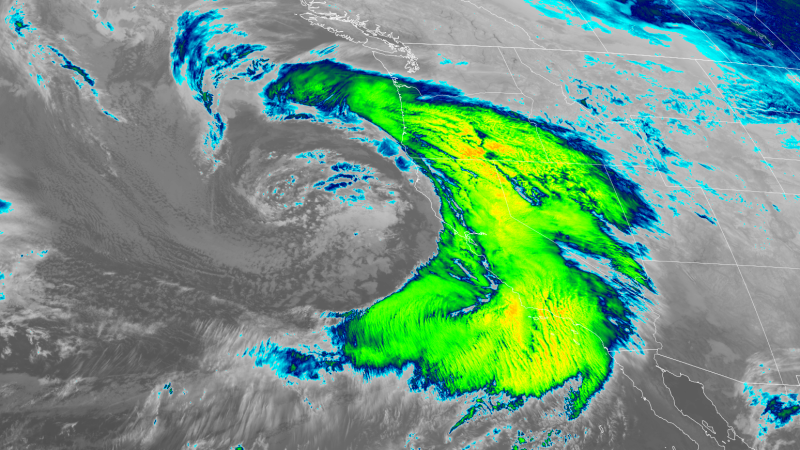Now Reading: What Are Reciprocal Tariffs? Trump Will Announce These Levies Thursday
-
01
What Are Reciprocal Tariffs? Trump Will Announce These Levies Thursday
What Are Reciprocal Tariffs? Trump Will Announce These Levies Thursday

Topline
President Donald Trump said he will announce his most sweeping economic measure yet Thursday, reciprocal tariffs that Trump argues would level the playing field for the U.S. in global trade and would instantly become the hallmark economic policy of his nascent second term, though economists project they would increase inflation this year.
Donald Trump signs executive orders on steel and aluminum tariffs Monday.
Key Facts
“TODAY IS THE BIG ONE: RECIPROCAL TARIFFS!,” Trump posted Thursday morning to his Truth Social site.
White House Press Secretary Karoline Leavitt told reporters Wednesday afternoon she believed Trump will unveil his reciprocal tariffs Thursday morning; Trump had told media Sunday he will announce the measures “probably Tuesday or Wednesday.”
The duties would go into effect “almost immediately” on “every country,” added Trump on Sunday: “Very simply it’s if they charge us, we charge them,” Trump summarized about what the policy looks like.
Reciprocal tariffs are indeed straightforward in theory: The U.S. would pose the same levies on imported goods from a given country that the other country imposes on their U.S. imports.
But it gets far murkier in practice, as countries often charge different tariffs on different classes of goods, and the taxes charged can often take several different forms.
Goldman Sachs economists Alec Phillips and Elsie Peng outlined three approaches Trump could take in a Tuesday note to clients.
“Country-level reciprocity” is the “simplest” strategy which would have the U.S. impose the same average tariffs trading partners slap on U.S. goods, according to the economists.
“Product-level reciprocity by country” would have the U.S. place marching tariffs on a good-by-good basis by trading partner.”
Reciprocity including non-tariff barriers” is the “most difficult” approach as it would encompass a complicated web of inputs including inspection fees and value-added taxes.
Crucial Quote
“Reciprocal trade. It’s the most fair thing in the world,” Peter Navarro, Trump’s senior counselor for trade and manufacturing, told CNN on Tuesday.
Big Number
4.8%. That’s how much the U.S.’ weighted average tariff rate would be if Trump implemented the country-level strategy, Deutsche Bank economists led by Justin Weidner estimated in a Monday note. That’s a 3.3 percentage-point increase from the 1.5% effective rate U.S. imports had in 2022, according to the World Bank.
Will Reciprocal Tariffs Cause Inflation?
Tariffs are often passed on to consumers via higher prices, meaning these reciprocal tariffs would likely result in higher inflation, at least in the short term. The 3.3 percentage-point increase in the effective tariff rate would cause a 0.5 percentage-point annual increase in core personal consumption expenditures, the Federal Reserve’s preferred inflation measure of inflation, should consumers absorb all of the impact of higher tariffs, according to Deutsche Bank’s “back-of-the-envelope” math estimates based on imported goods accounting for 16% of core consumer expenditures in 2024. Research suggests consumers likely don’t absorb the entirety of tariffs, but even if consumers take on 50% of the reciprocal tariffs, that would result in a 0.25 percentage-point increase in core PCE, according to Deutsche Bank. Considering core PCE was 2.8% in December, well above the Fed’s 2% target, any inflationary measure would likely muddy prospects for the Fed to further cut interest rates, a growth-friendly move supported by Trump.
Will Reciprocal Tariffs Replace Universal Tariffs?
Trump indicated so Friday, telling reporters about his shift away from the 10% blanket duty on all imports he supported on the campaign trail: “They charge us, we charge them. It’s the same thing, and I seem to be going in that line as opposed to a flat fee tariff.” But considering the speed at which Trump’s tariff policies have shifted, the Goldman economists expressed hesitation that this is guaranteed to be the case, writing, “While a reciprocal tariff approach seems incompatible with an across-the-board tariff and Trump seems to be envisioning it as alternative, there is no guarantee that he might not still opt for a broader tariff later on.”
What Countries And Goods Will Face Tariffs?
It depends on what strategy Trump takes, but if he takes the country-level approach, goods from the 20 countries the U.S. has free trade agreements with, including Australia, Canada, Colombia, Israel, Korea, Mexico and Panama, won’t be affected – though Trump has targeted several of those countries in recent weeks. Perhaps the most notable country affected by reciprocal tariffs would be India, which was the 8th-largest exporter to the U.S. in 2022. India imposed a 9.5% average tariff on American goods, a far cry from the 3% rate charged by the U.S. on those goods. Diamonds are the most prolific Indian export to the U.S., while broadly the three most popular categories of Indian imports by the U.S. include rubber, plastic and textiles.
Will Europe Face Reciprocal Tariffs?
At the product level, perhaps the most pressing example of reciprocal tariff impact would be on American imports of European cars. The U.S. imposes 2.5% levies on vehicles like BMW, Mercedes-Benz and Volkswagen, a fraction of the 10% tariff imposed by the European Union on American auto imports. More broadly, how Trump handles value-added taxes (VATs) in the European Union, which are a sales tax-like measure running at an average of 21.6% across all goods, will determine how steep the tariffs look stateside. Trump’s deputy chief of staff Stephen Miller argues VATs should be incorporated into reciprocal tariffs, estimating the total tariff and VAT impact on American auto exports to the EU is about 30%, and it’s only “fair” to in turn charge 30% on European exports to America.
Trump’s Steel And Aluminum Tariffs Take Hold
The reciprocal tariffs may become Trump’s signature economic policy, but Trump has already introduced a bevy of import measures in his first weeks in office. On Monday, Trump signed an order implementing 25% levies on aluminum and steel imports. Goldman estimates those metal tariffs will affect $50 billion worth of goods and raise the U.S.’ effective tariff rate by 0.4 percentage points. On Feb. 1, Trump announced 25% additional tariffs on Canadian and Mexican goods and a 10% additional tariff on Chinese imports. The Canadian and Mexican measures were both delayed until March, while the Chinese tariffs went into effect last week.
Trump Says Interest Rate Cuts Should Accompany Tariffs
“Interest Rates should be lowered, something which would go hand in hand with upcoming Tariffs,” Trump posted Wednesday. However, rate cuts typically come when inflation is on a stable low trajectory, which, with the hotter-than-expected consumer price index report Wednesday and the prospects of price increases from tariffs, is no guarantee.



















